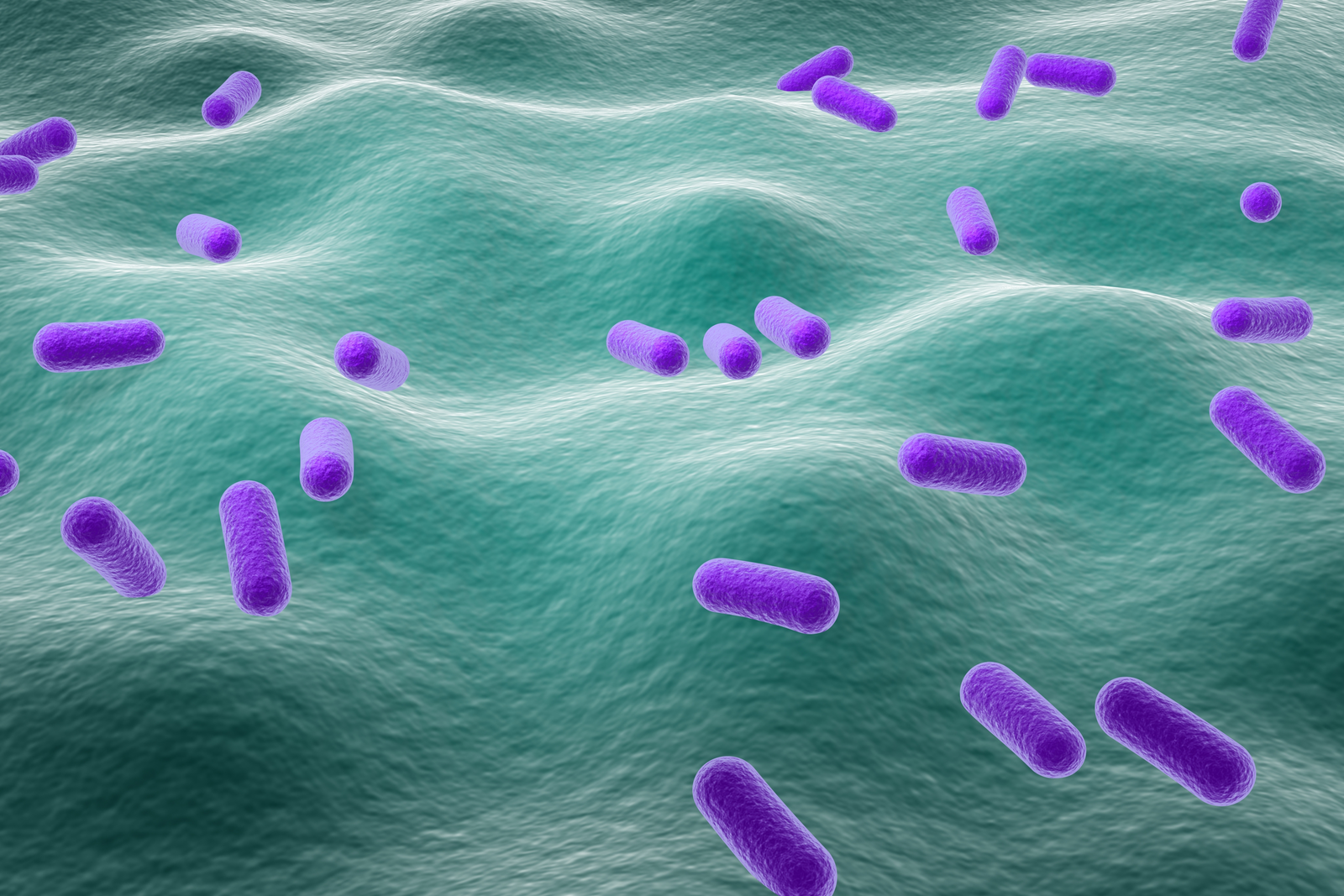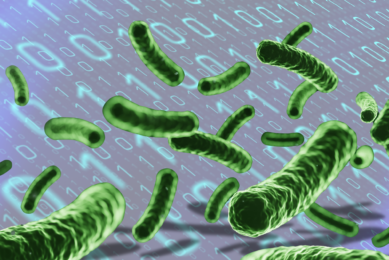Evonik delves deeper into probiotics

The way to a healthy chicken is through its intestines. That’s where over 100 billion bacteria live – more than ten times the world’s human population. Until recently, the tiny organisms were merely thought of as digestive helpers and vitamin producers, but today they are considered the key to well-being.
Evonik, the specialty chemicals company from Germany, intends to use these microbes to develop alternatives to antibiotics in animal nutrition by turning them into assistants for animal health. The Global Action Plan on Antimicrobial Resistance of the World Health Organization (WHO) calls for the prudent use of these drugs, including in animals, and at the same time points out their growing use in animal nutrition.
Major potential
“We are currently expanding our product portfolio for healthy and sustainable approaches to animal nutrition,” says Dr Emmanuel Auer, the head of the Animal Nutrition Business Line of Evonik. “The development of alternatives to antibiotics and antibiotic growth promoters is a promising approach we are pursuing. Natural feed additives such as probiotics play a key role in this regard,” Auer explains. Probiotics are natural organisms that come to exist in the intestines of, for instance, chickens. Among other functions, they protect the animals’ immune system against pathogens. Evonik sees major potential in the business with these feed additives. In July, the specialty chemicals group expanded its product portfolio by acquiring the probiotics business of NOREL, a leading provider of probiotics. At the same time, Evonik is significantly stepping up its own research in this field.
Novel gut simulation model
The aim is to create probiotics with customised and proven effect. Moreover, Evonik intends to use the intestinal bacteria to determine the health status of animals and to give breeders recommendations for appropriate feed compositions that include probiotics to promote intestinal health. “Farm animals should make the best possible use of their feed and remain healthy without antibiotics,” says Prof Stefan Pelzer, head of the ‘Gut Health & Diagnostics’ innovation area in the Animal Nutrition Business Line of Evonik. “This creates a competitive edge for livestock producers and at the same time reduces antibiotics in the environment,” he adds. In order to understand how probiotics and other natural food additives impact intestinal bacteria and thus an animal’s overall health, scientists from Evonik are working on a novel gut simulation model. It is designed to biochemically mimic the digestion of chickens throughout the gastrointestinal tract and simulate the effect of feed additives. The project is part of the innovation alliance ‘Good Bacteria and Bioactives in Industry’ (GOBI), which is funded by the German Federal Ministry of Education and Research.
Microbes and the immune system
“We are advancing into a completely new world,” says Pelzer and notes: “The chicken gut simulation model for the first time lets us understand the highly complex interaction of feed and intestinal bacteria in the laboratory and enables us to analyse the interplay of microbes with the immune system.” Since no adequate analytical model has been available, feed additives have mostly been developed empirically. This means they are fed to live animals in feed studies, followed by observing the effect. “With the new gut simulation model, we can study in the laboratory whether and, if so, which supplements work. We want to find out exactly how they affect an animal’s health and which dose is necessary,” explains Pelzer. Even though the model is a biochemical simulation of the internal processes occurring inside a chicken, it visually has little to do with the animals. The apparatus consists of a sequence of glass vessels that are connected by hoses. Each container includes a milieu representing a specific segment of the digestive tract.
Bioinformatic analyses of intestinal bacteria
The Group’s own bioinformatics specialists are making a substantial contribution to the research project. They will study the genes of the intestinal organisms and gather information about the abilities of certain bacteria – for example, generating vitamins or processing healthy ingredients from the feed. “Over the coming years, we will study the composition of the intestinal population and analyse millions of genes whose functions are still partly unexplored,” says Dr Jessica Schneider, head of the Bioinformatics team.











